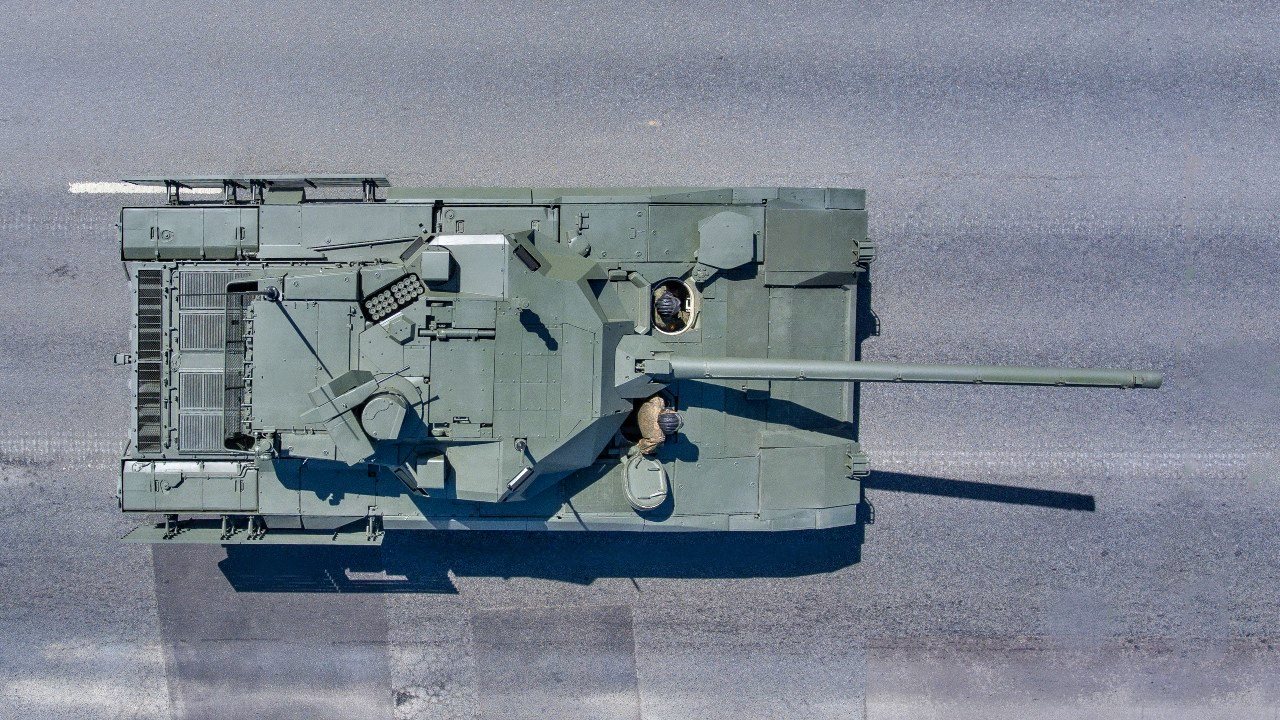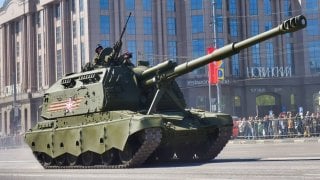The Russian Army Faces an Uncertain Future
If the war ends because the Russian army collapses as it did in 1917, the shape of the Russian army and Russia itself will be extremely dire. Yet while it cannot be ruled out, this scenario does not seem likely.
What You Need to Know: The shape of the Russian army after the Ukraine war will largely depend on how the conflict ends.

-If Russia secures a ceasefire or territorial gains, its military may seem more threatening to Ukraine, Europe, and the U.S.
-However, political and economic pressures within Russia could limit or reduce the size and capability of its post-war army.
The Future of the Russian Military After Ukraine: What Comes Next?
What shape will the Russian army be in after the Russia-Ukraine war ends? Much depends, of course, on how the war ends.
If the war ends because the Russian army collapses as it did in 1917, the shape of the Russian army and Russia itself will be extremely dire. Yet while it cannot be ruled out, this scenario does not seem likely.
Far more likely ways for the war to end now appear to be either a ceasefire, in which Russia retains control of Ukrainian territory it now occupies, or Ukraine agreeing to give up even more territory than it already has and making other concessions to Moscow.
Under these scenarios, the Russian army will not only remain intact, but will appear more threatening than ever to what is left of Ukraine, to other European countries less willing and able to defend themselves than Ukraine has been, and to the United States which is committed to defend its NATO allies but where the public is unprepared for a major war with Russia and the losses that it would entail. A victorious post-Ukraine war Russian army with experience of prolonged, large-scale conflict will only enhance this perception.
But as formidable as this post-Ukraine Russian army might be, several factors may emerge that may serve to limit or even reduce its size and even its capability.
One is that a powerful Russian army not involved in fighting a war is something Putin might fear will be a force that could turn its attention to limiting his options or even overthrowing him. While hardly dissidents, Russian officers who fought in Ukraine might seek to revamp the Russian army’s strategy and tactics to avoid the high casualty mass attack approach that Putin was willing to saddle it with.
Putin, though, may see any such military reform movement as an implied criticism of his leadership, and so might want to move the Russian army’s most capable officers out of command positions either into ones where they are less able to threaten him or into retirement. Disrespecting Russian officers who fought for him in Ukraine, though, might create opposition to him in the Russian army that Putin seeks to forestall.
Whether Putin proves to be this paranoid or not, ordinary soldiers will expect to be discharged once the war is over. Their families will also expect them to be. In addition, the many hundreds of thousands of wounded Russian soldiers who survived the war might expect, quite understandably, that the Russian government will expend resources on caring for them. Disappointing these expectations by maintaining a large Russian army and not diverting funds to caring for wounded veterans could prove destabilizing.
Russian economic policymakers and enterprise managers will also want to see soldiers discharged from the army so that they can get back to work in the Russian economy which has experienced severe labor shortages due to the war. Not releasing soldiers to work in the Russian economy will only serve in the long run to weaken the Russian economy, and hence weaken the Russian army which it supports.
In short: while Ukrainians and Westerners rightly fear what Putin who believes himself to have been victorious against Ukraine and its Western supporters will do with his large, battle-tested army after the end of the Ukraine war, there could well emerge political, social, and economic pressures emerging that encourage or even compel Putin to reduce the size and capability of the Russian army afterward.
About the Author
Mark N. Katz is a professor emeritus at the George Mason University Schar School of Policy and Government, is a global fellow at the Wilson Center and a nonresident senior fellow at the Atlantic Council.
Image Credit: Creative Commons and/or Shutterstock.


